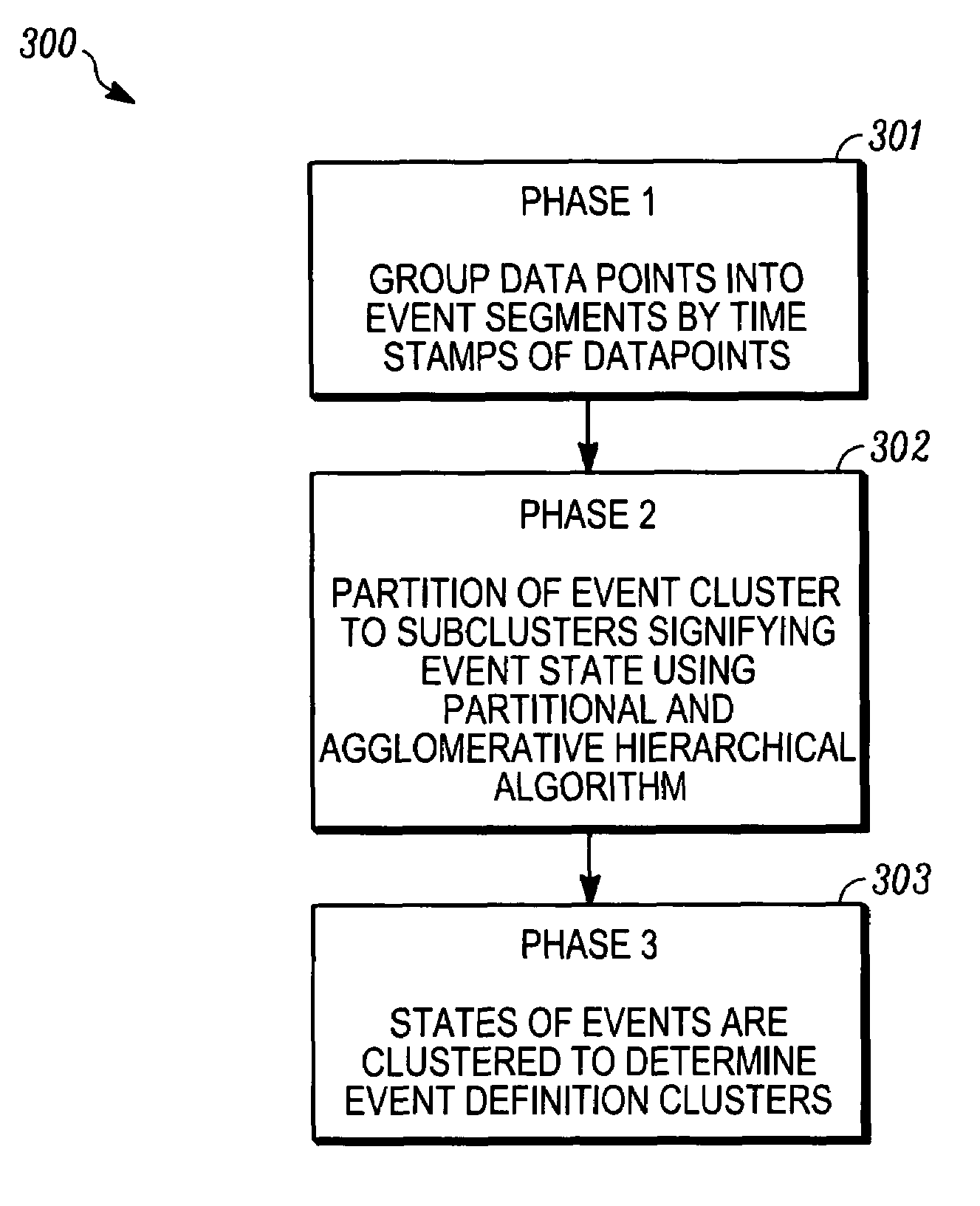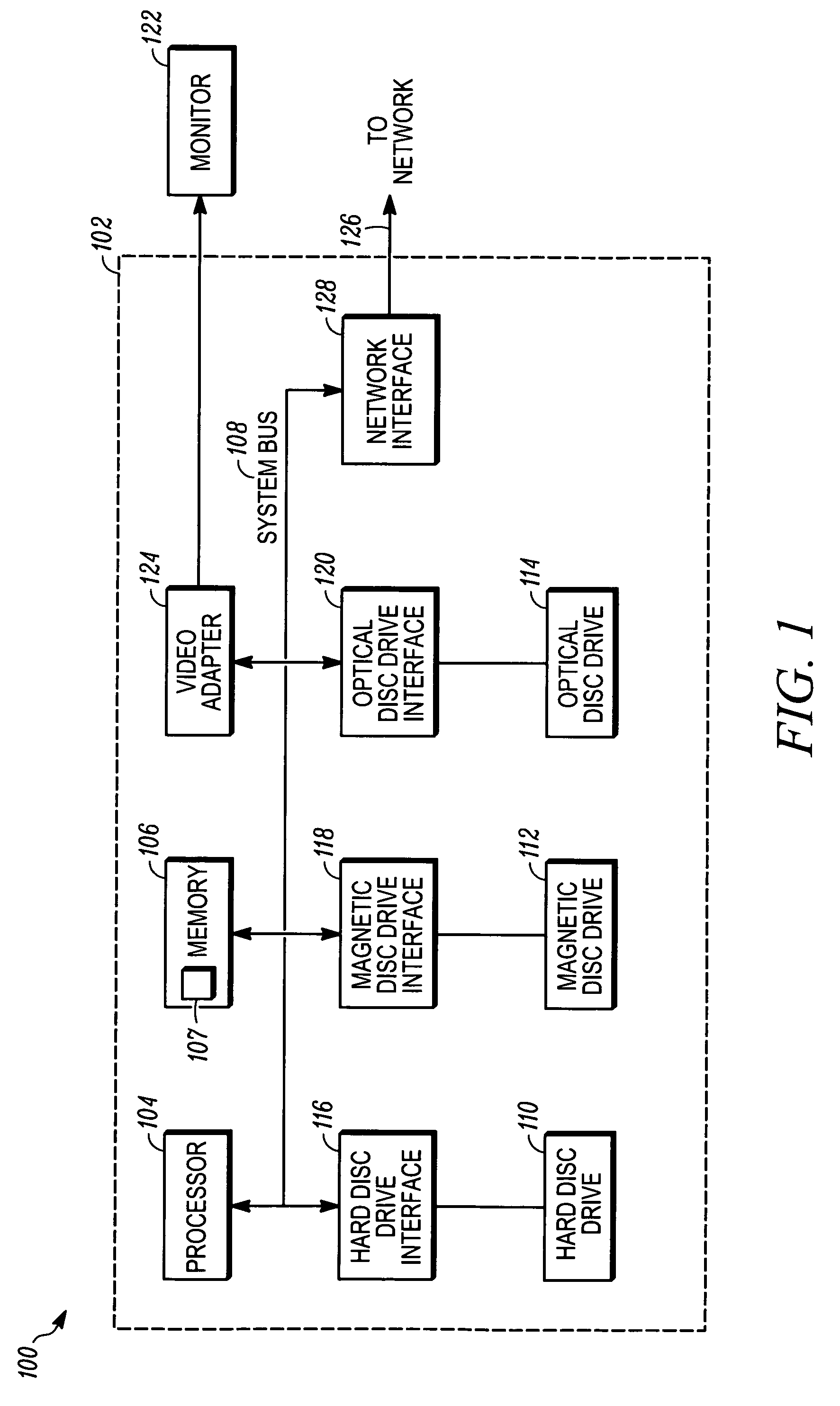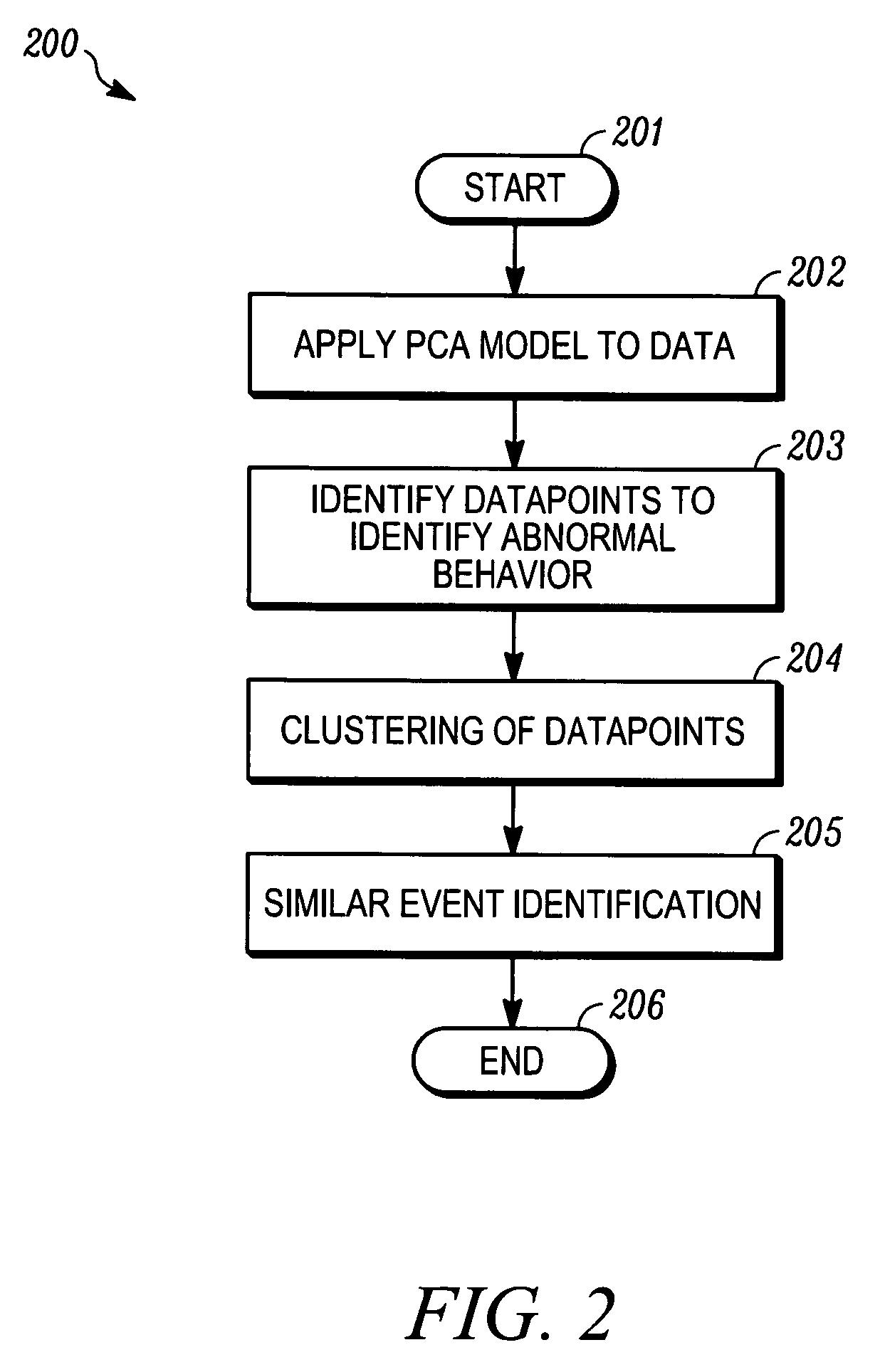Automatic fault classification for model-based process monitoring
a technology of automatic fault classification and model-based process monitoring, applied in the field of automatic fault classification, can solve problems such as poor clustering, distorted clustering solution, and inability to localize, and achieve the effect of reducing the dependence on human operators
- Summary
- Abstract
- Description
- Claims
- Application Information
AI Technical Summary
Benefits of technology
Problems solved by technology
Method used
Image
Examples
Embodiment Construction
[0025]The particular values and configurations discussed in these non-limiting examples can be varied and are cited merely to illustrate at least one embodiment and are not intended to limit the scope of the invention.
[0026]FIG. 1 illustrates a block diagram of a data-processing apparatus 100, which can be utilized to implement a preferred embodiment. Data-processing apparatus 100 can implement the present invention as described in greater detail herein. Data-processing apparatus 100 can be configured as a general purpose computing device, such as a computer 102. The data-processing apparatus 100 generally includes a processing unit 104, a memory 106, and a system bus 108 that operatively couples the various system components to the processing unit 104. One or more processing units 104 operate as either a single central processing unit (CPU) or a parallel processing environment.
[0027]The data-processing apparatus 100 further includes one or more data storage devices for storing and ...
PUM
 Login to View More
Login to View More Abstract
Description
Claims
Application Information
 Login to View More
Login to View More - R&D
- Intellectual Property
- Life Sciences
- Materials
- Tech Scout
- Unparalleled Data Quality
- Higher Quality Content
- 60% Fewer Hallucinations
Browse by: Latest US Patents, China's latest patents, Technical Efficacy Thesaurus, Application Domain, Technology Topic, Popular Technical Reports.
© 2025 PatSnap. All rights reserved.Legal|Privacy policy|Modern Slavery Act Transparency Statement|Sitemap|About US| Contact US: help@patsnap.com



